
Each person facing cancer has their own way of coping. They have no obligation to fit a stereotype that others may have conjured up. They are each the poster child of their own unique campaign.

Your AI-Trained Oncology Knowledge Connection!


Each person facing cancer has their own way of coping. They have no obligation to fit a stereotype that others may have conjured up. They are each the poster child of their own unique campaign.

A 3-year pilot program that rewarded oncologists for improving outcomes and efficiency-rather than administering drugs-significantly reduced overall costs without lowering quality of care.
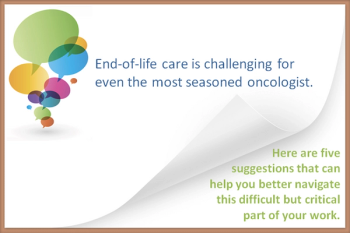
End-of-life care is challenging for even the most seasoned oncologist. Here are five suggestions that can help you better navigate this difficult but critical part of your work.
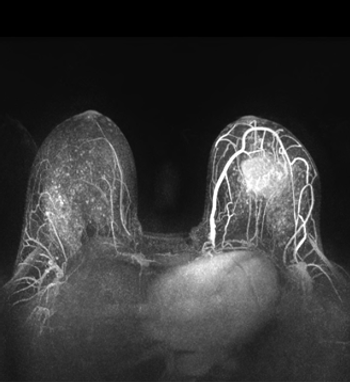
An annual screening for breast cancer using a combination of MRI and mammography could be an effective program for high-risk women, particularly those who are known BRCA mutation carriers.

In light of the recent FDA approval of HPV testing for women as a screening method for cervical cancer, we discuss changing guidelines with two experts.
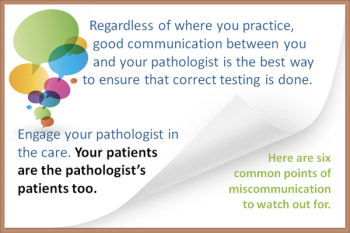
Regardless of where you practice, good communication between you and your pathologist is the best way to ensure that correct testing is done. Here are six common points of miscommunication to watch out for.
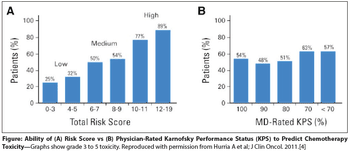
Making appropriate treatment decisions for older adults with cancer is one of the most important challenges that oncologists face in daily practice, as the therapy selected depends on an assessment of the patient’s “fitness.”

When the media reported earlier this year that giant drugstore chain CVS had announced that it would stop selling tobacco products, it appeared to be a sudden, independent, and ethically responsible business decision. In fact, there is important background and subtext.
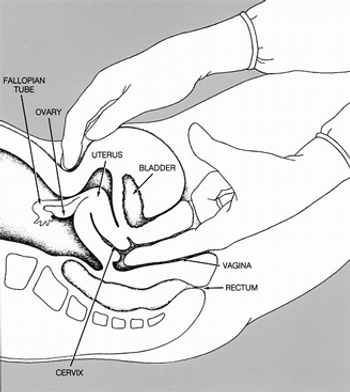
A new clinical practice guideline from the American College of Physicians recommends against conducting routine pelvic exams in average-risk, asymptomatic women.

Researchers have developed a tool to measure patients’ risk for financial toxicity following cancer diagnosis and treatment.

In this interview, Dr. Hyman Muss discusses some of the barriers to providing high-quality care to geriatric cancer patients, including the barriers to diagnosis and treatment.

The combination of four imaging techniques together results in the ability to better differentiate between benign and malignant breast tumors, which may lead to fewer unnecessary breast biopsies.

Is there any truth in advertising? A recent study found that cancer center ads only emphasize positive outcomes, but other than direct-to-consumer marketing of pharmaceuticals that list all possible side effects, are you aware of any ads that state less than optimal outcomes?

Oncologists who participated in communication workshops improved their ability to talk with patients about their prognoses and provide emotional support, a recent study found.

The CALGB 369901 trial examined how frailty and older age influence the use of adjuvant hormonal therapy for breast cancer and found that while frailty can deter the start of therapy, frail patients who had started on a regimen were not much more likely to discontinue their treatment early.
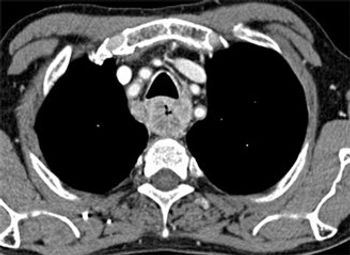
Preoperative staging of esophageal cancer with PET/MR is approximately as good as with endoscopic ultrasound, and may improve slightly over ultrasound and PET/CT scans, according to a new study.

There is a need to learn more about the effect of hypofractionation on an individual patient’s breast cancer outcomes and tissue toxicities, based on both biologic and technical variables, so that the treatment decision is not primarily a matter of dollars and cents.

Customized more aggressive treatments should be given to patients with the worst prognosis. For most of the other breast patients, shorter and often milder treatment is also a humble victory in our daily struggle against cancer.

Barriers to cost discussions fall into three categories: inaccessible cost data, ethical concerns, and insufficient training.
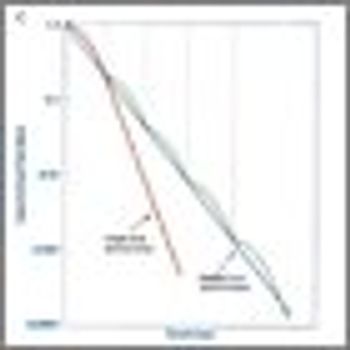
In this review we discuss the rationale and underlying radiobiologic concepts for hypofractionation, and review the clinical trials and ASTRO guidelines supporting hypofractionated radiation in the treatment of breast cancer.

A pooled analysis of three prospective trials showed that post-induction therapy PET-CT scans are highly predictive of progression-free and overall survival in follicular lymphoma patients.

Words like value, quality, and even cost flowed freely at the ASCO Annual Meeting this year. Along with great excitement about the latest and greatest ways to understand tumor biology and treat cancer patients, there is an increasing recognition that we need to consider whether the things we do are worth it.
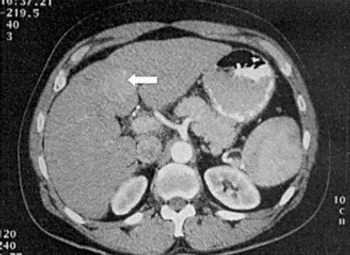
Treatment with sorafenib after curative resection or ablation of hepatocellular carcinoma did not improve recurrence-free survival compared with placebo, according to the results of the phase III STORM trial.

The addition of cediranib to treatment with cisplatin/gemcitabine did not improve progression-free survival in patients with advanced biliary tract cancer, according to the results of the phase II ABC-03 trial.

The issue of value in cancer care was a prominent theme at the 2014 ASCO Annual Meeting. A question that inevitably arises in any discussion of value is what the professional and ethical obligations of practicing oncologists are in the current climate of escalating healthcare costs.

Thoracic radiotherapy along with prophylactic cranial irradiation (PCI) significantly prolonged progression-free and overall survival in patients with extensive-stage small-cell lung cancer, according to results of a new study presented at ASCO.

Exposure to a preference-based mail and telephone navigation intervention increased colorectal cancer (CRC) screening adherence compared to a standard mailed intervention among African Americans.

In his address, Dr. Clifford Hudis proposed the following solutions for achieving social justice in cancer care: creating more private and public resources, addressing disparities in cancer risk and in access to high-quality care, defining “value” in cancer care, and harnessing the new power of information technology.

With cancer care costs rising rapidly there is increased pressure to search for value in how we care for our patients.

Advertisements for cancer centers often appeal to consumers’ emotions but rarely provide useful information about the benefits, risks or costs of treatment, a recent analysis concluded.